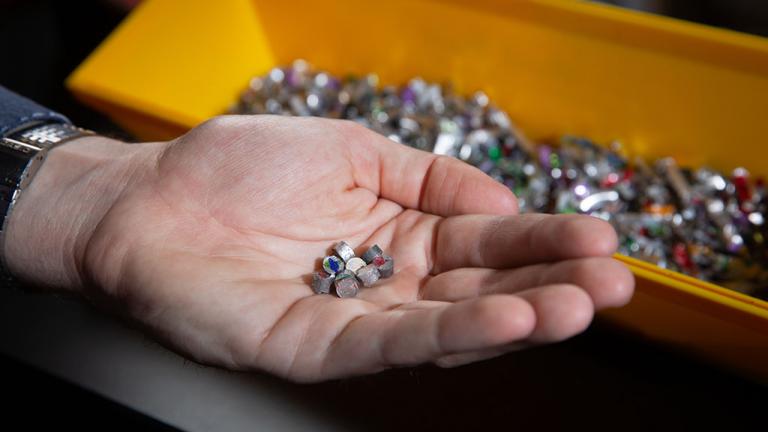
J-WAFS Fellow Peter Godart is transforming aluminum debris from natural disasters into a power source for electricity and reverse osmosis.
Read his student spotlight here

J-WAFS Fellow Peter Godart is transforming aluminum debris from natural disasters into a power source for electricity and reverse osmosis.
Read his student spotlight here